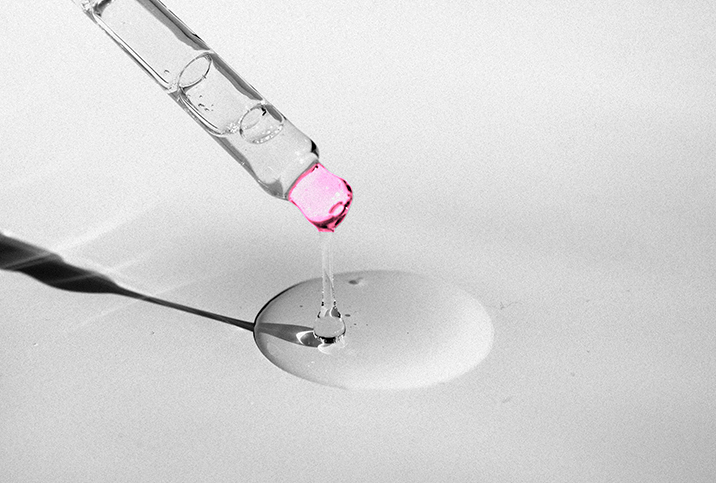If I Don't Have an STI, Why Is My Penis Leaking?

If your penis is leaking, it doesn't automatically mean you have a sexually transmitted infection (STI). Penile discharge can be classified as any substance coming out of the penis that is not urine or semen. Discharge, which may be thick and white or watery and clear, can happen due to various reasons, including a variation of normal discharge or an infection that requires treatment.
Take a look at some of the causes of discharge not directly related to STIs.
1. Urethritis
Penile discharge is typically a result of urethritis, an inflammation of the urethra, the duct that transports urine and semen through the penis. Urethritis may be caused by the bacteria that cause STIs or the bacteria that cause urinary tract infections (UTIs).
If urethritis develops due to the sexually transmitted disease (STD) gonorrhea, it is called gonococcal urethritis. If the cause is not related to gonorrhea, it's called nongonococcal urethritis. More than 40 percent of people with nongonococcal urethritis do not exhibit symptoms.
Minor trauma or irritation, such as rubbing against rough clothing and aggressive masturbation, can irritate the urethra and lead to urethritis. In addition to bacteria, narrowing of the urethra may cause chronic urethritis, which lasts for weeks or months. Other symptoms of urethritis include itching, swelling, back pain, abdominal pain, fever and nausea.
2. Pre-ejaculate
Pre-ejaculate and ejaculate are both normal types of discharge and nothing to be concerned about. Commonly known as precum, pre-ejaculate is produced by a pair of exocrine glands known as Cowper's glands. They are about the size of peas and are located below the prostate gland and next to the urethra. Pre-ejaculate lubricates the penis before sex and lowers the acidity in the urethra to help sperm survive. Some men have low quantities of sperm in their pre-ejaculate, so there's a small chance that pre-ejaculate could result in pregnancy.
3. Urinary tract infection
Women are more likely to get UTIs, but men can certainly get them. UTIs involve all parts of the urinary system—bladder, kidneys, urethra and ureters—and are classified into two types: lower tract and upper tract.
Men with a UTI may experience a variety of symptoms, including:
- Cloudy urine that has pus
- Red or brown urine with blood
- A burning sensation during urination
- A need to urinate more than usual
- Foul-smelling urine
- Nausea
4. Prostatitis
Prostatitis is inflammation of the prostate gland, the walnut-size gland between the bladder and the penis that produces one component of semen. The inflammation could be the result of infection or an injury to the prostate, though sometimes the cause is unknown. Symptoms may include:
- Penile discharge that looks like semen
- Blood in the urine
- Foul-smelling urine
- Pain in the genital region, abdomen or lower back
- Painful, urgent or frequent urination
- A weak urine stream
- Flu-like symptoms
Acute prostatitis can go away on its own within a few days or weeks with or without treatment, typically antibiotics. Chronic prostatitis lingers for several months or even years, but treatment options are available.
5. Balanitis
Balanitis, inflammation of the head of the penis, is more common in uncircumcised males and may cause swelling, itching or discharge. It can be caused by anything that irritates the foreskin or the head of the penis, but the most common cause is fungal infection. Other causes include poor hygiene and allergic reactions to condoms, soaps, lotions or colognes. Balanitis can be treated with an antifungal drug.
6. Smegma
Some men mistake smegma—the thick, white substance made up of skin cells, fluids and oils that can build up under the foreskin of the penis in uncircumcised men—for discharge. While this substance is harmless and helps keep the penis moist, too much can lead to a buildup of unhealthy bacteria. Uncircumcised men should make washing beneath their foreskin a part of their daily hygiene routine.
Keep in mind that seminal discharge during arousal or sex is normal. However, you should see your doctor if you have a leaky discharge that is discolored, oozing or foul-smelling. Your doctor can determine whether an STI is the cause of your discharge and help you find the best method of treatment.


















